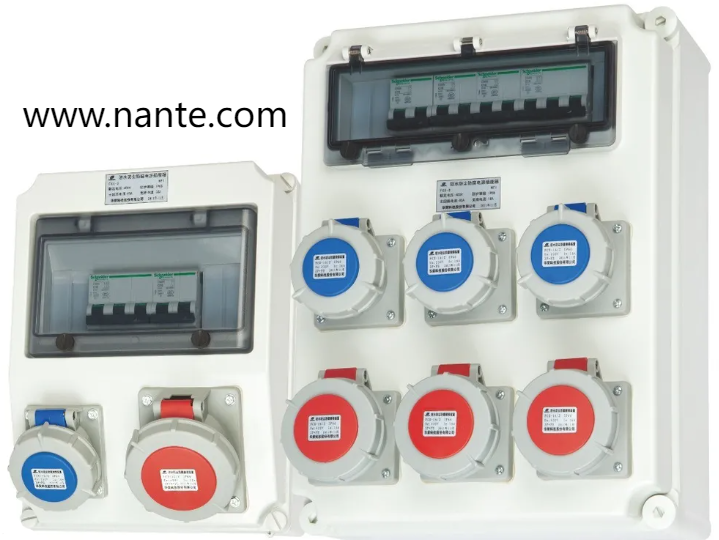As industries worldwide embrace digital transformation, the fusion of IoT with essential power infrastructure is reshaping productivity and sustainability. Among these innovations, the industrial socket box has evolved from a simple electrical component to a cornerstone of smart energy ecosystems. By embedding connectivity and intelligence into these units, manufacturers are unlocking unprecedented control over power distribution, safety, and operational efficiency.
The IoT-Driven Shift in Industrial Energy Management
Global industries face mounting pressure to reduce carbon footprints while maintaining output—a challenge amplified by rising energy costs and stringent safety regulations. Traditional power distribution systems, often siloed and reactive, struggle to meet these demands. IoT-enabled industrial socket boxes address this gap by offering real-time monitoring, predictive maintenance, and remote control. For example, in smart factories, these systems detect voltage fluctuations or overheating risks, triggering instant alerts to prevent equipment damage or downtime. Such capabilities align with the EU’s Green Deal objectives, which prioritize energy-efficient industrial upgrades.
Safety and Sustainability Through Connectivity
Industrial environments demand robust safety protocols. Modern IoT-integrated socket boxes feature embedded sensors that monitor load imbalances, moisture ingress, and circuit integrity. In offshore wind farms or mining sites, where harsh conditions threaten electrical systems, these units autonomously isolate faults, protecting both workers and machinery. Additionally, their ability to optimize energy consumption supports circular economy goals. By analyzing usage patterns, factories can redirect excess power to low-demand zones or renewable storage systems, slashing waste and operational costs.
Enabling Agile and Scalable Infrastructure
The modular design of IoT-enhanced socket boxes allows seamless integration with legacy systems and emerging technologies. In automotive assembly lines, they synchronize with robotic arms and AI-driven quality control tools, ensuring uninterrupted workflows. Similarly, smart warehouses use these units to manage automated lighting and HVAC systems, adapting to seasonal demand spikes. This scalability is vital for industries transitioning to hybrid energy models, where solar panels, battery arrays, and traditional grids coexist.
Remote Control and Predictive Insights
IoT transforms industrial socket boxes into data hubs. Through cloud platforms, engineers adjust power parameters or schedule maintenance from continents away—a game-changer for multinational corporations managing dispersed facilities. Predictive analytics further elevate their value: by correlating historical data with machine learning, these systems forecast wear-and-tear trends, enabling preemptive part replacements. Such innovations mirror advancements in smart cities, where IoT grids balance residential and commercial energy needs dynamically .
Nante’s Vision for Intelligent Power Networks
Pioneering this revolution, Nante has engineered technical socket boxes that blend rugged reliability with smart connectivity. Their solutions prioritize interoperability, ensuring compatibility with third-party IoT platforms and renewable energy sources. By focusing on user-centric design, Nante empowers industries to future-proof their infrastructure while adhering to global sustainability benchmarks.
As industries navigate the Fourth Industrial Revolution, IoT-integrated socket boxes are no longer optional—they are essential for resilience and growth. For those ready to harness smarter energy ecosystems, the journey begins with reimagining the humble socket box.
Visit www.nante.com to discover how intelligent power distribution is driving the factories of tomorrow.

